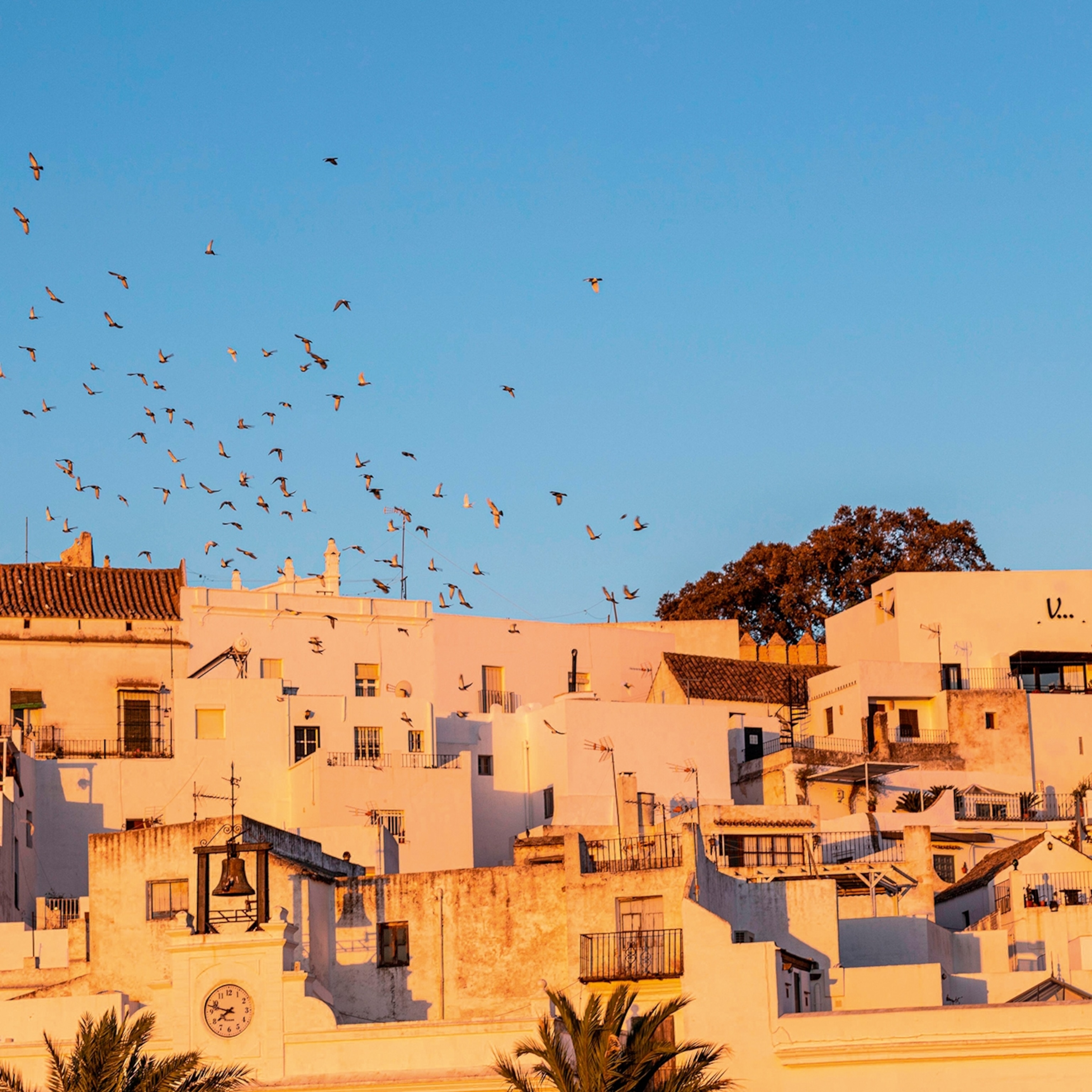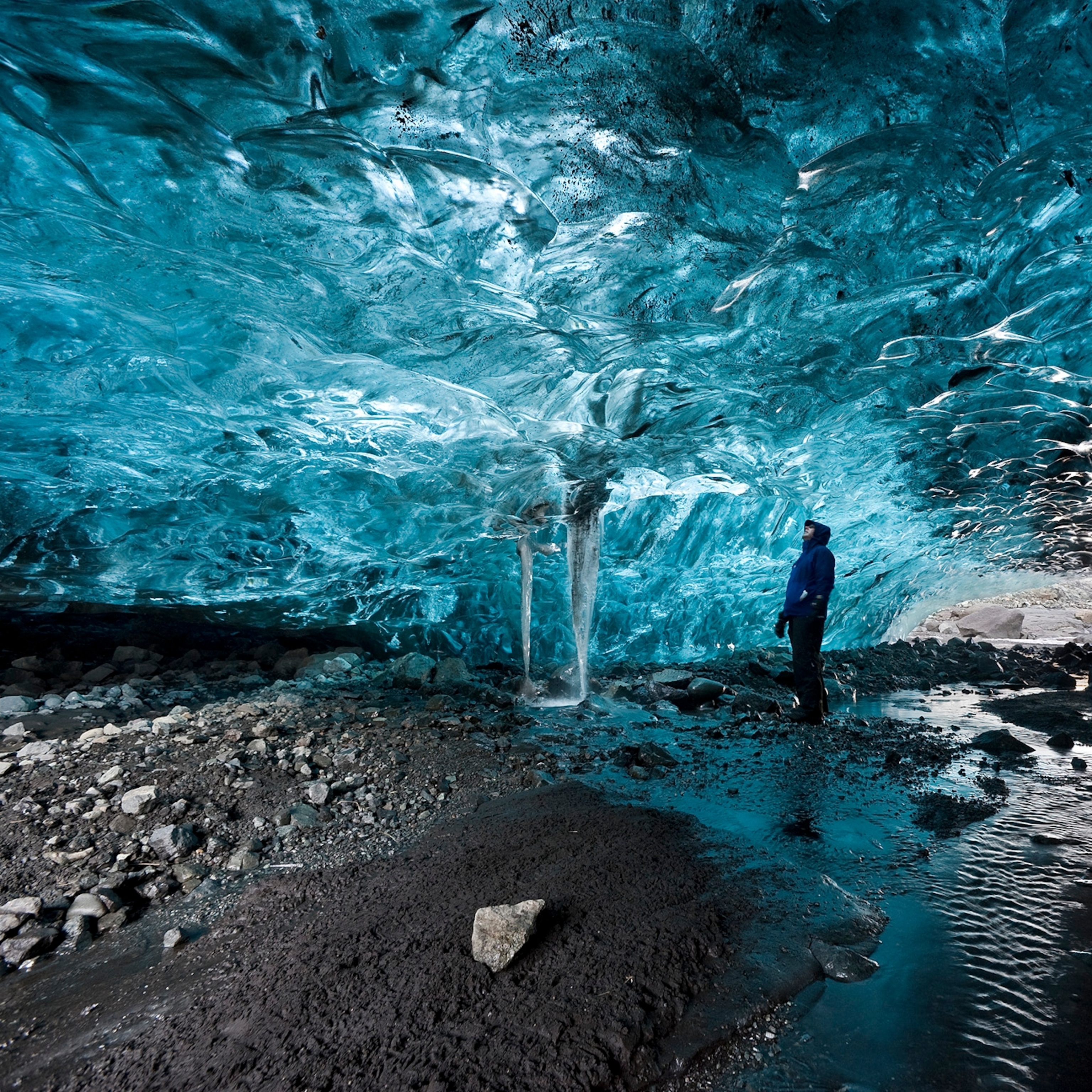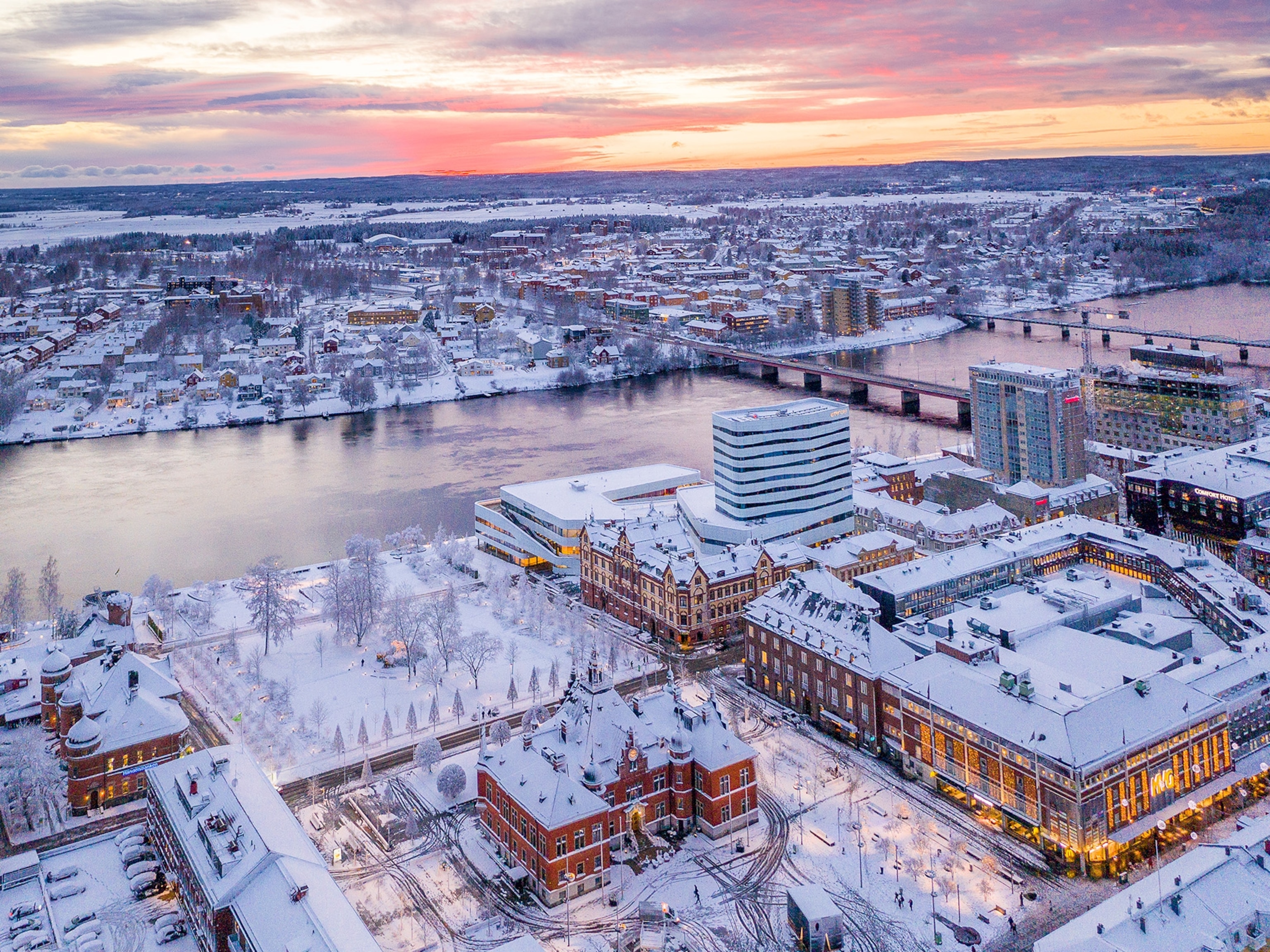
Five lesser-known islands in the Dodecanese, Greece
Scattered across the southeastern Aegean, the sun-soaked Dodecanese islands of Karpathos, Nisyros, Kalymnos, Astypalea and Leros are perfect for a culture-packed island-hopping adventure.
Rhodes might be the largest and most popular island of the Dodecanese, but it’s surrounded by smaller, lesser-visited islands that are just as captivating. The following week-long itinerary takes in Karpathos, home to the extraordinary, mountain-top village of Olymbos; Nisyros with its dozing volcano and thermal springs; rugged Kalymnos, Greece’s premier rock-climbing destination; beautiful, remote Astypalea offering windmills and whitewashed houses; and Leros, blessed with blissful beaches and historic architecture.
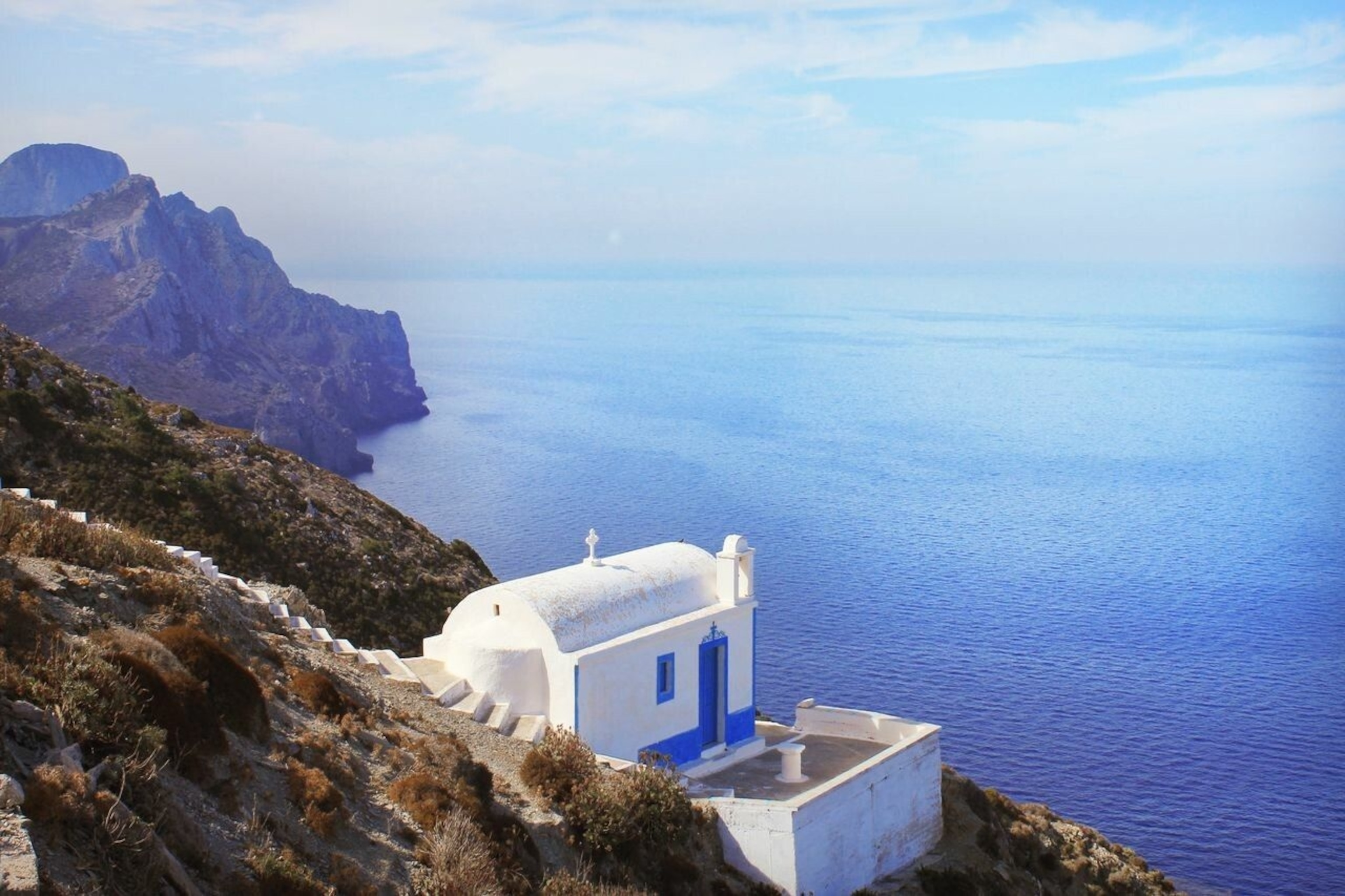
1. Karpathos
Karpathos, the second-largest of the Dodecanese Islands, is a 40-minute flight from Rhodes, or three hours 35 minutes on the fastest ferry. Base yourself in the island’s capital, Pigadia, where you can soak up local life by strolling pedestrianised streets and hopping between waterfront bars and tavernas. The next morning, rise early to grab some rays and go swimming at Apella, 10 miles north of Pigadia. This gorgeous, pebbly beach is framed by cliffs and hillsides speckled with wildflowers.
Continue to the north of the island, where a twisting mountain road brings you to the dramatically perched, pastel-hued village of Olymbos. Crowning the 2,350ft summit of Mt Profitis, Olymbos is often referred to as a living museum because of the community’s efforts to preserve traditional culture. It’s not uncommon to encounter the local women wearing distinctive handmade clothing, embellished with colourful embroidering, and boots made of goatskin. Spend the night here, and you’ll have the village to yourself after the day-trippers have left.
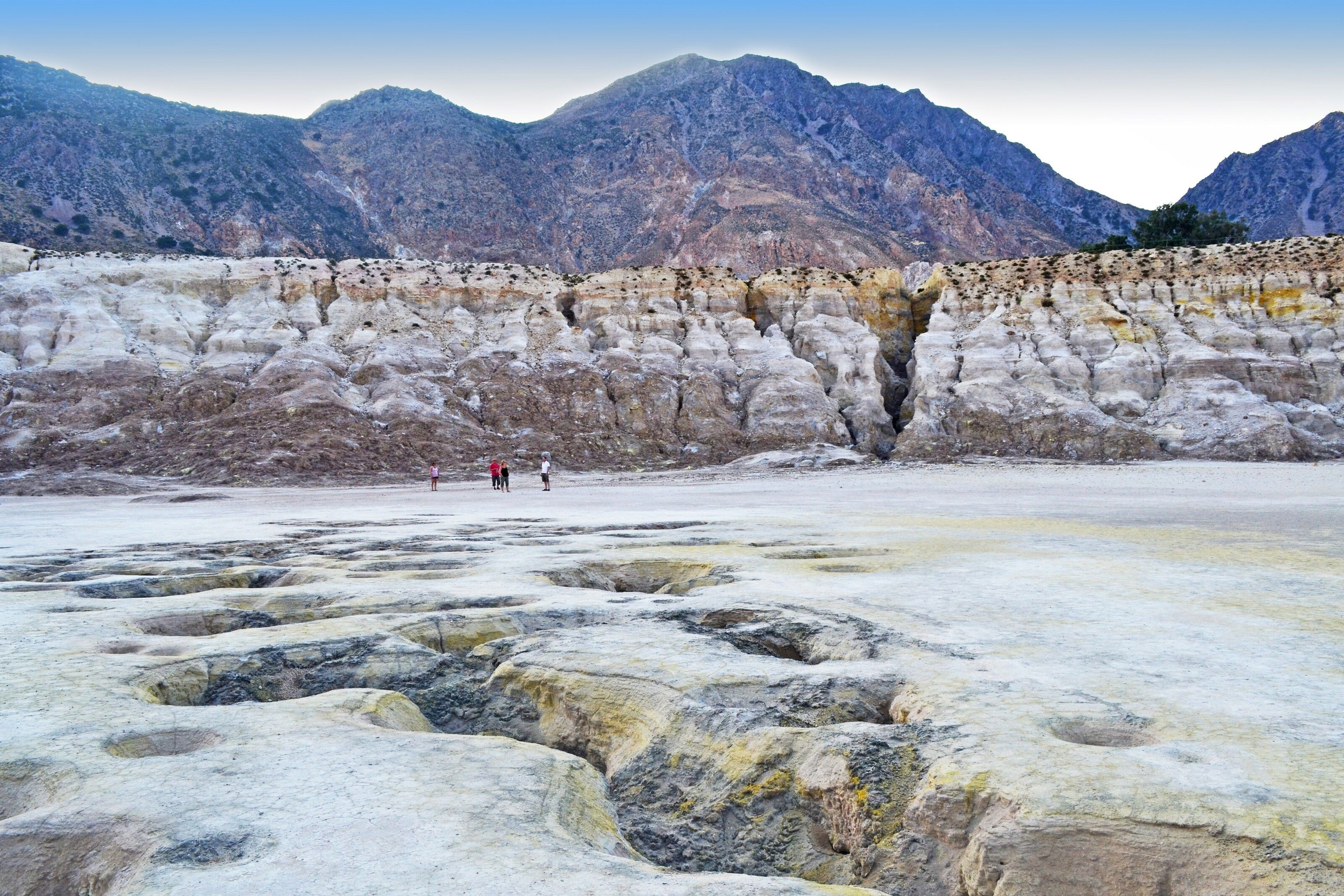
2. Nisyros
Return to Rhodes from Karpathos to embark on the next leg of your Dodecanese odyssey. A high-speed catamaran will take you, via the island of Halki, to Nisyros. This circular island, a few miles south of Kos, is dominated by its volcano — named Polyvotis by locals after the mythical giant who — legend has it — is buried in the ground below, alongside Poseidon. The last major volcanic eruption was 15,000 years ago but minor explosions in the late 19th century have left a moonscape of colourful craters and very active fumaroles.
Take in this otherworldly scene from Emborios, a turquoise-and-white-painted village teetering on the edge of the caldera. Then return to the seaside capital, Mandraki, which is guarded by the ruins of a 14th-century Knights of St John castle and the extraordinary remains of a city wall dating back to the fourth century BC. For lovers of antiquities, the town’s excellent Archaeological Museum of Nisyros isn’t to be missed. Just over a mile east of Mandraki is Gialiskari, also known as Lefki Akti, an idyllic beach of dark sand and pebbles that makes for the perfect afternoon of relaxation. Thermal spring lovers shouldn't miss the 19th-century Loutra, situated north of Mandraki, and Thermiani in Paloi, which bubbles away within an Ancient Roman site.
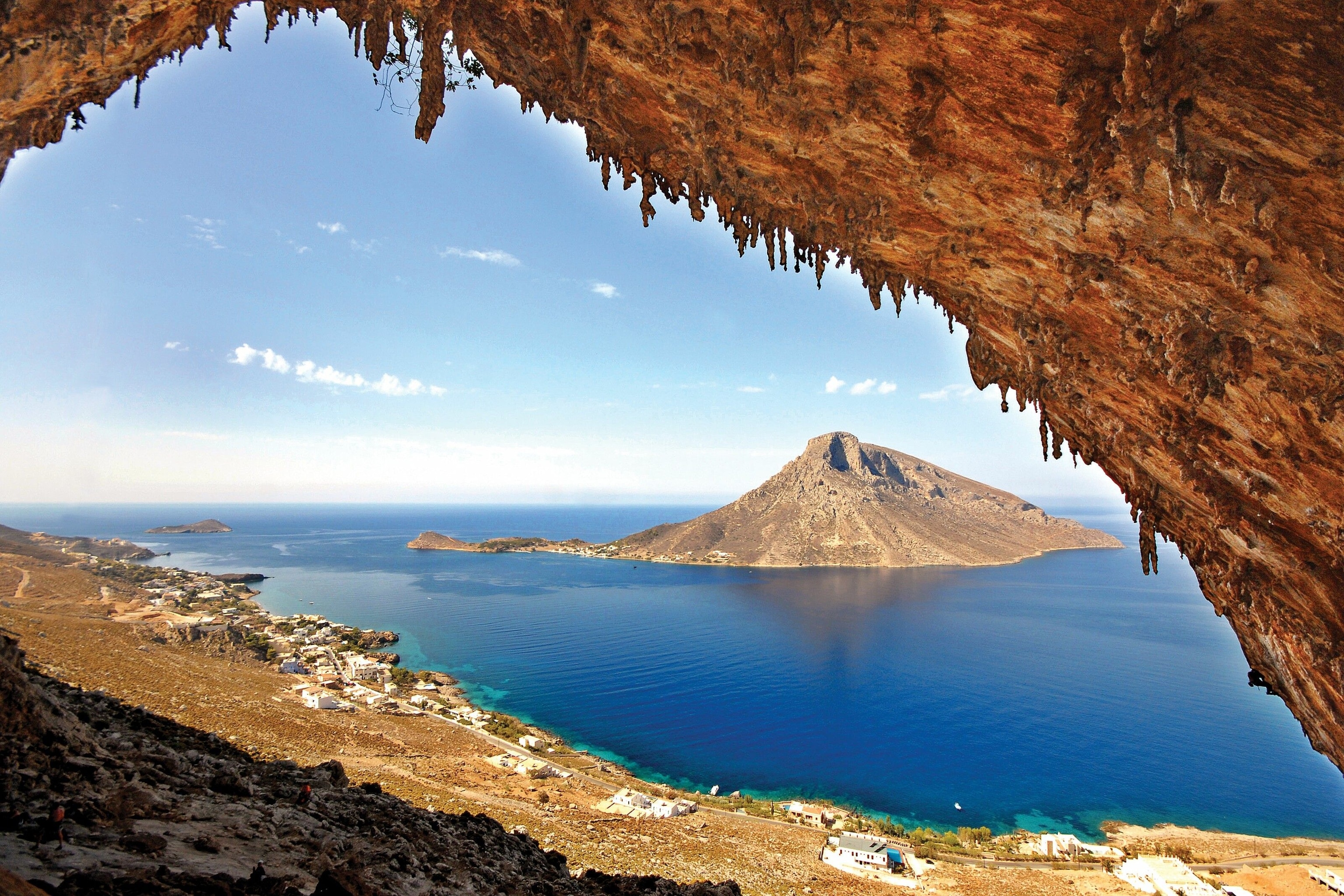
3. Kalymnos
A one-and-a-half-hour ferry hop via Kos will bring you to the outdoor adventure island of Kalymnos. Here, there are over 3,500 rock climbing routes to be tackled, and the best locations are on the island’s west coast around the resort villages of Myrties and Masouri. There are plenty of easy routes for rock-climbing novices, who can learn the ropes under the guidance of the island’s highly experienced instructors.
Kalymnos is also a wonderful location for hiking and diving. Or you may prefer to get a little lost in the labyrinthine streets of the capital Pothia, admiring its Venetian-style architecture, enjoying freshly caught seafood at its port-side tavernas, or shopping for sea sponges, a Kalymnos speciality since ancient times. Since the end of the Second World War, Kalymnos has been the only Greek island to harvest these natural sea sponges, which are sold both locally and internationally and even featured in Homer's eighth-century poem, The Iliad. For a taste of the simple life, head to the village of Panormos, surrounded by steep mountain slopes and idyllic beaches. Other villages worth a visit include Chorio, the former capital of the island, Skalia, home to a cave and archeological site, and Myrties, where you'll find a small selection of bars and restaurants, as well as a 2,300ft-long beach.
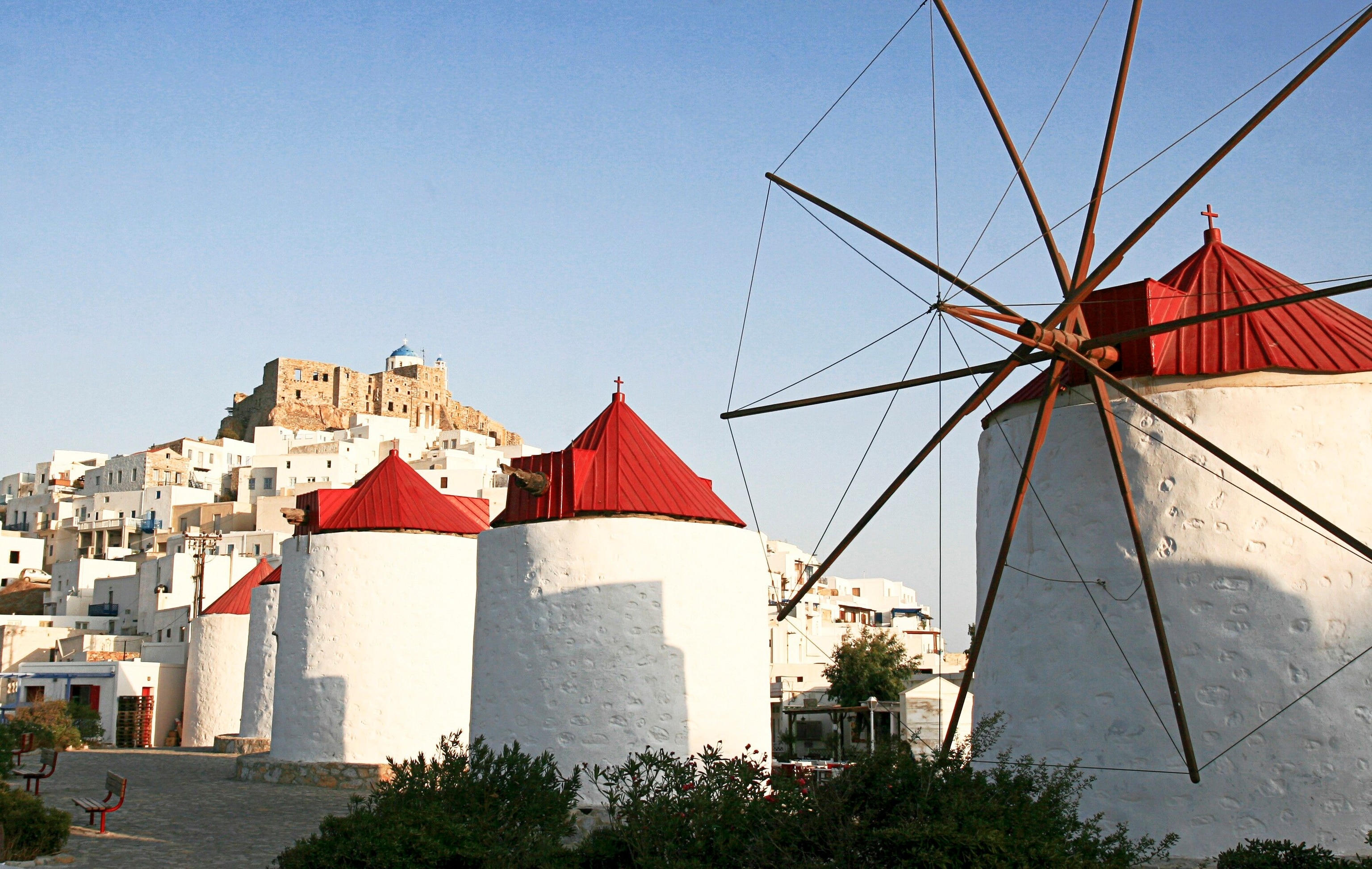
4. Astypalea
Next, to really get off the beaten Dodecanese trail, fly or sail out to Astypalea, a picture-perfect island that's shaped like a butterfly. Closer to the Cyclades, Astypalea is the most westerly of the Dodecanese and is essentially two islands linked by a slender isthmus. Lapped by turquoise seas and veined with a sparse network of mostly gravel roads, this is the perfect escape for those who love deserted beaches and photogenic villages of white houses, blue-domed churches and red-roofed windmills.
Most of what little action there is on Astypalea is focused on its western ‘wing’ and the isthmus. Pera Gialos, the island’s main bayside town, is overlooked by the older, hillside village of Hora, with its cubist, white-walled houses arranged irregularly beneath the dark stone pinnacle of a 15th-century Venetian-era fort. From here, strike out for the island’s remote and rugged beaches, including ones on the islets of Koutsomitis and Kounoupa. Alternatively, gravitate to the pebble-and-sand beach at Analipsi, close to the airport and the nearby remains of the Tallaras Roman baths. Thanks to various strategic partnerships, Astypalea has plans to become the first sustainable, carbon-free destination in all of Greece and the first smart, green island in the Mediterranean with energy autonomy.
5. Leros
After two days of blissful relaxation on Astypalea, you may not want to leave. But Leros, 45 minutes from Kalymnos by high-speed catamaran, and the final stop on this island-hopping itinerary, will quickly draw you in with its classic combo of sun-kissed beaches, quaint fishing villages, romantic monuments and tavernas overlooking the glistening, emerald Aegean Sea. Plus, it has something unique in the Dodecanese: the distinctive 1930s streamline modern architecture of the port of Lakki, a legacy of early-20th-century Italian rule on the island.
The Battle of Leros, a Second World War conflict, inspired Alistair MacLean’s The Guns of Navarone. Divers can hunt out the wrecks of ships and warplanes from that battle in the seas around the island. Stay in beachside Pandeli or in the nearby historic capital of Platanos, a hill-top settlement of biscuit, terracotta and white painted houses overlooked by the 1,000-year-old Castle of Panagia, which offers sensational views of the island. Alternatively, base yourself near Alina, home to Leros’ longest beach, which offers soft sand, some shade and crystal-clear, shallow waters. And, if you have time, venture into the island’s interior to go hiking or to sample the wines at the Hatzidakis Winery. History buffs shouldn't miss the ancient Temple of Artemis or the Roman-era Bourtzi Byzantine Fortress.
For more information, head to visitgreece.gr
Find National Geographic Traveller (UK) on social media
